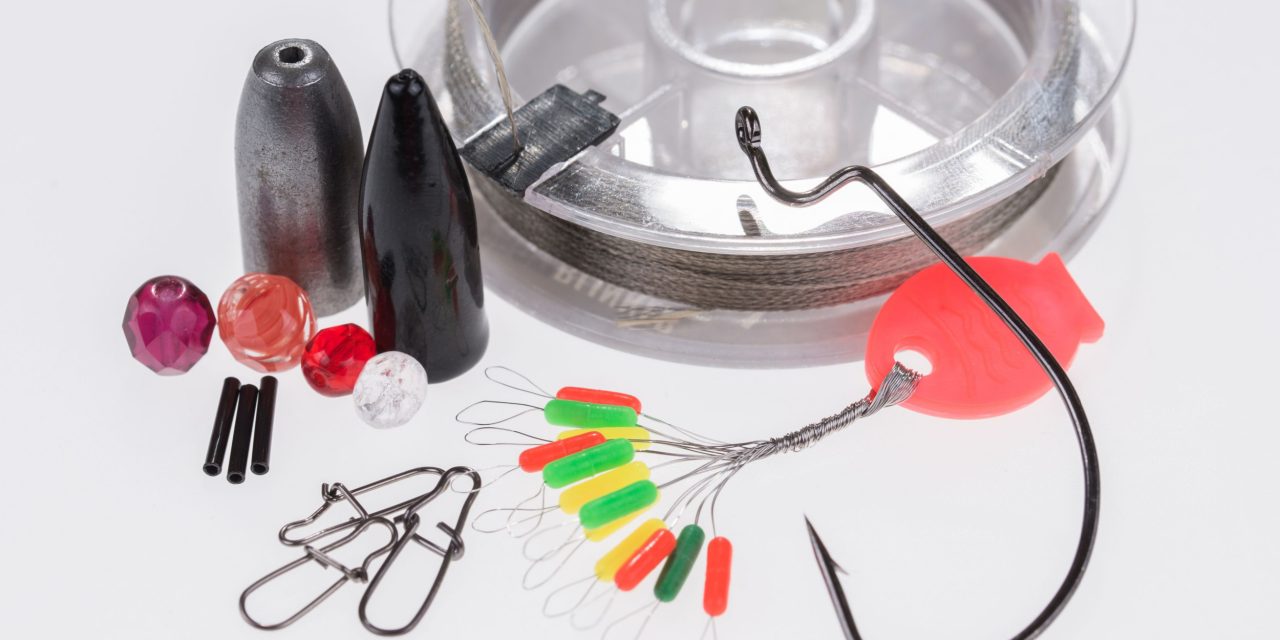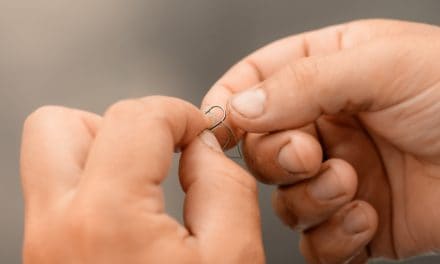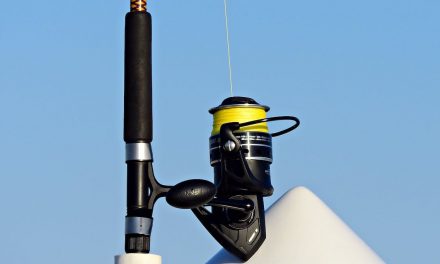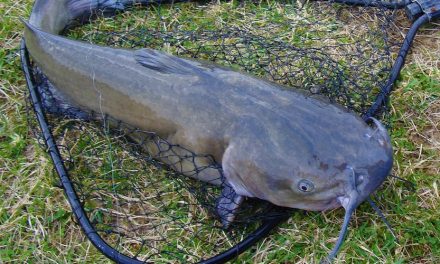As an angler’s career progresses, they begin to form an interest in different types and kinds of arrangements for their fishing tackle. The various “rigs” out there, normally named for various states, are popular choices. Of these, the Carolina rig is one of the more useful, for targeting a variety of species or working in areas of structures. But, if for no other reason, it is easy to build and use; even for a novice angler. Here’s the lowdown on putting one together.
How it Works
Building a Carolina rig isn’t the most complicated operation in the world, and using one isn’t all that tough either, you just need to know how to get started. Make a normal cast and bring the rig back in. The bullet sinker causes the rig to drift down toward the bottom as you retrieve the line. The weight, that is separated from the lure, makes it so the movement is carried in a circular motion; the same way leaves swirl in the wind. This circular action drives fish like bass or catfish crazy and causes them to clamp onto the lure with authority. Their predatory instinct makes it so they can’t stand the sight of the lure. You’ll get your best use out of a Carolina rig by not reeling it in too fast. You want the swirling motion of the bait to get noticed by the fish, but don’t play too hard to get it. If it’s too fast, they might try for it and miss. Take it easy and achieve optimum results.
Materials Required for a Carolina Rig
- A single hook (with or without a hook guard)
- Soft plastic bait (like a crawler or worm)
- A leader heavy enough for the intended use
- Swivels (like a snap swivel or duo-lock)
- Glass beads
- Bullet sinker of your choice
Putting the Rig Together

Image credits: Halotriple3 via Instructables
Step One: Bead and Sinker
Slide the bullet sinker onto the line, followed by the glass bead. You should pick a sinker and bead that more or less matches the rest of the gear in your rig in terms of size. Better too small than too big in this case.
Step Two: Swivel
At the end of the line, tie the line to the swivel using whatever knot you’re most comfortable with. The glass bead will keep the swivel and sinker from bumping into each other. Just make sure they’re in the right order.
Step Three: Leader
Tie the leader to the free end of the swivel with your most favored knot. Use a leader well suited to the kind of fish you’ll be chasing with the rig. Toothier fish require heavier leaders, as well as big catfish. Choose accordingly.
Step Four: Final Touches
Attach the free end of the leader to the single hook with your favored knot. This is a good time to go back and make sure everything is in the proper order. If needed, pull tight on the knot and trim the excess. On the other hand, if the rig is coming loose, wet down the line and leader with some sort of lubricant or just plain old water and pull everything tight. This is easier to do in your recliner than it is out on the lake.
Step Five: Bait
Feed a soft plastic bait onto the hook. Normally, you’ll do this when you’re out on the lake, so you can adjust your choice to the conditions and species you’re going after. Over time, you will notice that certain fish populations seem to prefer certain colors and sizes of lures. Once you get a feel for it, choosing the right stuff is like second nature.
A Few Final Thoughts

Image credits: ctsbournemouth via Pixabay
Some folks don’t include the glass bead in a Carolina rig, but it can’t hurt to include it. The small sound created by the sinker hitting on the swivel, and the possible line break caused by a pinch, can be easily avoided by including this exceedingly affordable part. You should also give serious consideration to including a hook guard in the rig or purchasing a lure that guards the hook tip.
Carolina rigs work best on fish species that dwell on the bottom, but the bottom is also full of all sorts of obstructions that can snag your line. A simplistic hook guard can make for a hassle-free day of fishing. Opting for the slightly more expensive hooks or lures can save you a lot of frustration while you’re out on the water. You only get so many days to go fishing in this life, you might as well make the most of them.






 E-Newsletter
E-Newsletter